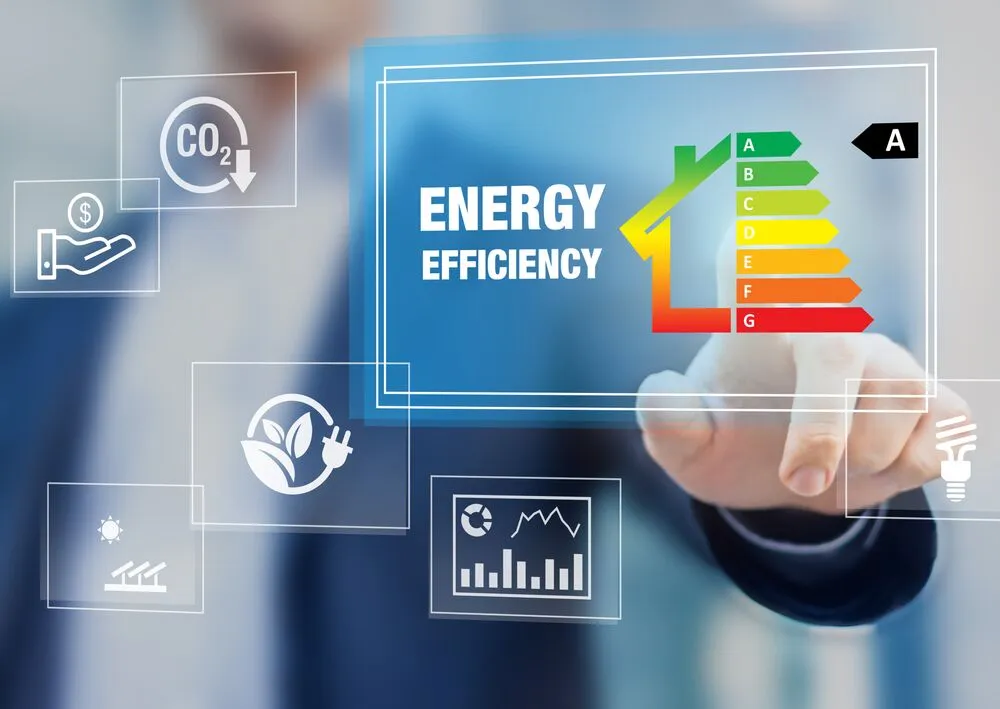ASTM F2584 Smart Lighting Power Consumption Measurement
The ASTM F2584 standard provides a comprehensive framework for the measurement of power consumption in smart lighting systems. This service ensures that energy efficiency claims are accurate and reliable, which is crucial given the growing demand for sustainable products in the smart home sector.
Smart lighting systems have become an integral part of modern homes and buildings due to their ability to enhance comfort, safety, and energy efficiency. However, with increased complexity comes a need for rigorous testing to ensure these devices meet industry standards and consumer expectations. ASTM F2584 addresses this by offering detailed protocols for measuring the power consumption of smart lighting fixtures under various operating conditions.
The standard covers both standalone fixtures as well as integrated systems that incorporate wireless communication capabilities such as Wi-Fi, Bluetooth, or Zigbee. It also accounts for different modes of operation including on/off switching, dimming, and color temperature adjustments. By following ASTM F2584 guidelines, manufacturers can demonstrate compliance with relevant regulations and provide accurate energy labels to consumers.
One key aspect of this service is the precise calibration required for measuring power consumption accurately. This involves using specialized equipment capable of capturing minute variations in electrical current that may occur during normal usage scenarios. The process typically begins by setting up the smart lighting fixture according to manufacturer specifications, ensuring all sensors and connectivity modules are functioning properly.
Next comes the preparation phase where environmental factors such as temperature, humidity, and ambient light levels must be controlled. This ensures consistent results across multiple tests conducted over time or between different laboratories. Once calibrated and prepared, the fixture is subjected to a series of predefined test conditions designed to simulate real-world usage patterns.
These tests include but are not limited to:
- Initial startup power draw
- Steady state operation at full brightness
- Dimming from 100% to 10% light output
- Color temperature changes between warm and cool extremes
After completing each test condition, detailed readings are recorded using high-precision instrumentation. These measurements form the basis for calculating average power consumption over specified periods of time.
Another important consideration when performing ASTM F2584 tests is ensuring that all connected devices are properly accounted for in the overall energy usage calculation. This includes any additional components like motion sensors, occupancy detectors, or color temperature controls integrated into the smart lighting system.
The final step involves analyzing these data points to determine whether they fall within acceptable limits according to applicable standards and guidelines. Compliance with ASTM F2584 helps manufacturers avoid potential legal issues related to false advertising while also building trust among consumers seeking eco-friendly solutions for their homes or businesses.
Quality and Reliability Assurance
In addition to ensuring accurate power consumption measurements, this service plays a vital role in maintaining the quality and reliability of smart lighting systems. By adhering strictly to ASTM F2584 protocols during testing, we can identify any discrepancies between expected performance and actual results early on.
This level of accuracy is particularly important for manufacturers who rely heavily on smart lighting technology as part of larger connected home ecosystems. Ensuring consistent power consumption across all devices within these networks helps maintain seamless interoperability and enhances user experience.
For quality managers responsible for overseeing production processes, this service provides valuable insights into potential areas for improvement. It allows them to pinpoint specific issues related to component selection, manufacturing techniques, or software programming that could be contributing to higher than expected power consumption levels.
Compliance with ASTM F2584 also contributes significantly towards enhancing product reliability by identifying weak points in design early enough before they become critical defects during field deployment. This proactive approach not only reduces warranty claims but also improves brand reputation among customers who value reliable products above all else.
International Acceptance and Recognition
The ASTM F2584 standard enjoys widespread recognition across numerous countries around the world, making it an ideal choice for companies looking to ensure their smart lighting products meet global regulatory requirements. Some notable jurisdictions that accept this standard include:
- United States (ANSI/ASTM)
- European Union (CEN/CENELEC)
- Canada (CSA)
- Australia/New Zealand (AS/NZS)
Incorporating ASTM F2584 into your testing regimen demonstrates a commitment to international standards, which is increasingly important as more businesses look beyond national borders for opportunities. Compliance with these widely accepted benchmarks can open doors to new markets and foster better relationships with regulatory bodies.
Use Cases and Application Examples
| Use Case | Description | ASTM F2584 Benefits |
|---|---|---|
| Energy Labeling Compliance | Ensuring that energy labels accurately reflect the actual power consumption of smart lighting fixtures. | Avoids false advertising and builds consumer trust. |
| Regulatory Compliance | Meeting local and international regulations governing energy efficiency in residential buildings. | Promotes sustainable practices and supports environmental goals. |
| Product Development | Identifying areas for improvement during the design phase to optimize power consumption without compromising functionality. | Incorporates real-world usage data into development cycles, leading to more efficient designs. |
| Field Testing | Verifying that deployed smart lighting systems continue to operate efficiently over extended periods of time. | Ensures long-term reliability and performance even in harsh environments. |





